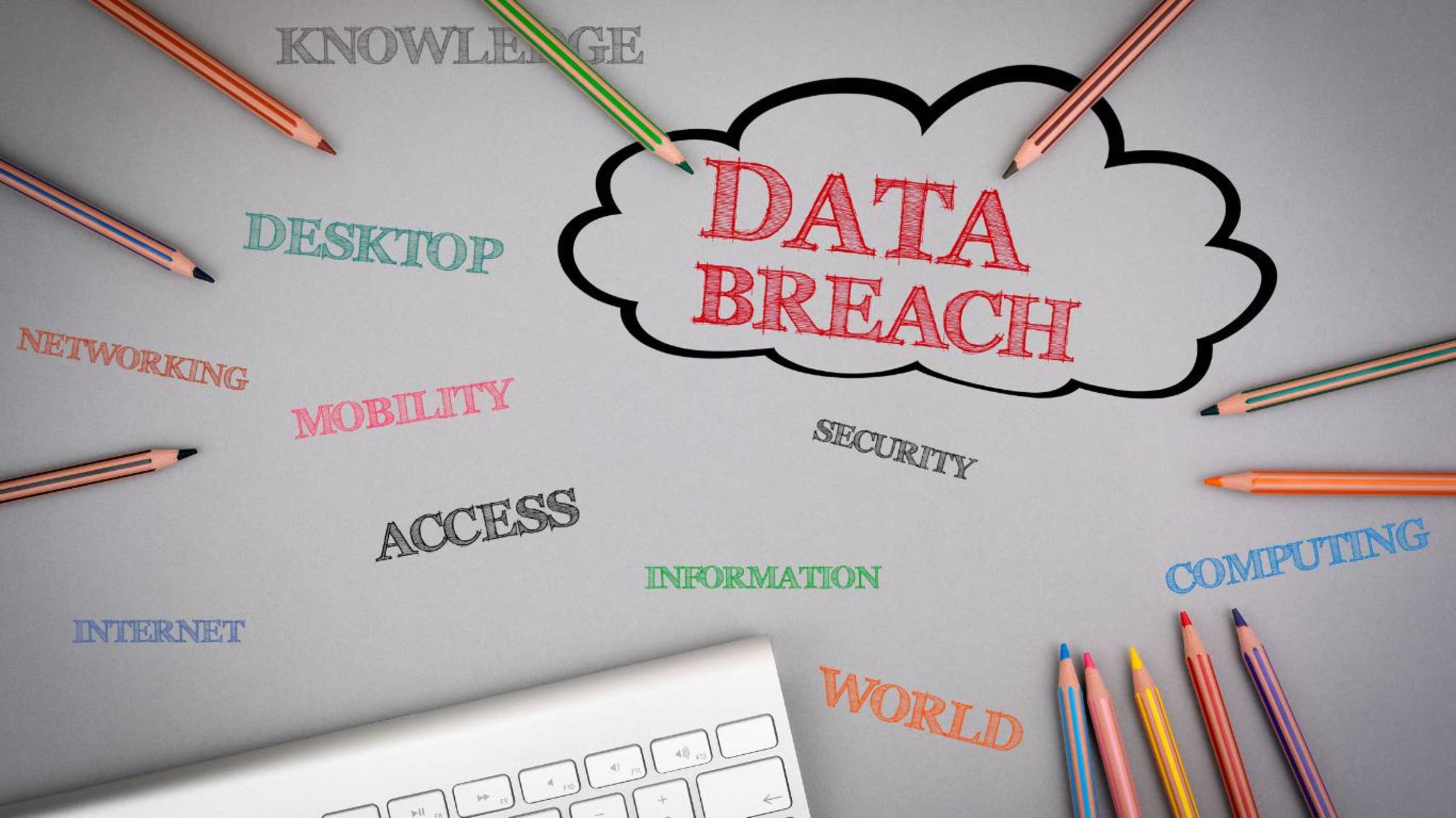SoHo (small-office and home-office) Protection
26th September 2024
The UK has previously identified APT40 (Advanced Persistent Threat 40) as part of the Chinese Ministry of State Security and it is this cyber threat group that is now targeting SoHo devices, which are often more vulnerable. These devices are easier to exploit when they lack the latest software updates or security patches, making it simpler to hide malicious activity and can be a backdoor route to bigger targets.
Protecting SoHo devices involves a multi-layered approach to safeguard against various threats. Here are some key steps you can take to enhance your security:
1. Secure Your Network
Change Default Settings: Change default usernames and passwords for your router and other devices.
Strong Passwords: Use strong, unique passwords for your Wi-Fi and all connected devices (a password manager is an easy and simple way to do this).
Encryption: Enable WPA3 (or WPA2 if WPA3 is not available) encryption on your Wi-Fi network.
Guest Network: Set up a separate guest network for visitors to prevent them from accessing your main network.
Network Segmentation: Use VLANs (if your router supports it) to segment your network, keeping IoT devices on a different subnet from your computers and phones.
2. Secure Your Devices
Update Software Regularly: Ensure all devices and software are regularly updated to protect against known vulnerabilities.
Antivirus and Anti-malware: Install and keep updated antivirus and anti-malware software.
Firewalls: Use a firewall to monitor and control incoming and outgoing network traffic.
Device Security Settings: Configure the security settings on your devices (e.g., enable full disk encryption, use biometrics).
3. Use Strong Authentication
Two-Factor Authentication (2FA): Enable 2FA on all accounts and services that support it.
Password Manager: Use a password manager to generate and store complex passwords.
4. Data Protection
Regular Backups: Back up important data regularly using both local (e.g., external hard drives) and cloud solutions.
Data Encryption: Encrypt sensitive data both in transit (using VPNs or secure connections) and at rest.
5. Safe Internet Practices
Phishing Awareness: Be cautious of phishing scams. Don’t click on links or open attachments in unsolicited emails.
Secure Websites: Ensure websites use HTTPS before entering sensitive information.
Limit Personal Information: Be mindful of the personal information you share online.
6. IoT Device Security
Update Firmware: Regularly check for and install firmware updates for IoT devices.
Disable Unused Features: Turn off features or services you do not use on your IoT devices.
Network Isolation: Keep IoT devices on a separate network or VLAN.
7. Email Security
Spam Filters: Use spam filters to reduce the risk of phishing attacks.
Email Encryption: Implement email encryption for sensitive communications.
8. Educate and Train Household Members
Security Awareness: Educate everyone in your household about the importance of cybersecurity and best practices.
Incident Response Plan: Have a plan in place for responding to security incidents, such as what to do if you suspect a device has been compromised.
9. VPN and Remote Access
Secure VPN: Use a VPN for secure remote access to the office network.
Remote Desktop Security: Secure remote desktop access with strong passwords, 2FA, and restricted IP access.
10. Regular Audits and Monitoring
Monitor Network Traffic: Use network monitoring tools to watch for unusual activity.
Review Logs: Regularly review logs from your router, firewall, and other security devices to spot any suspicious activity.
Click HERE to read our other helpful articles.
